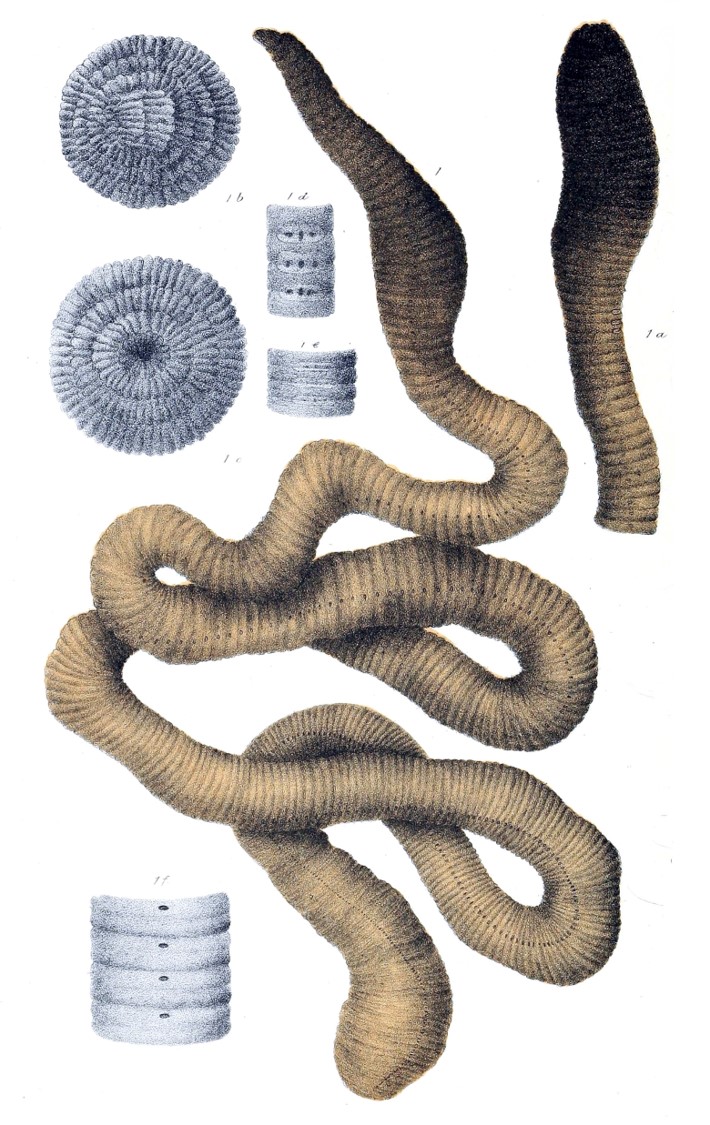Earthworm diversity
Number of species

Our best guess is that there are about 3,000 species of earthworms globally. You may find it surprising that we don't really know, but there are many countries that have not been properly sampled. This includes the UK. Unfortunately in the past they haven’t commanded anywhere close to the amounts of money for research that, for instance, mammals have, but with their importance being recognised more and more this will hopefully change. Societies like ourselves will hopefully also start to make a difference!
There are a number of species globally are really more than one species, but taxonomists haven’t yet named them properly. We refer to them as species complexes. This means that of the earthworm species we do know about, there may in fact be many more.
Follow this link for a list of the UK species.
Earthworm Diversity
Earthworms are very diverse and very versatile and are found in nearly all terrestrial ecosystems.They can live in the soil, under rocks and logs, in puddles, lie dormant wrapped around themselves covered in mucus if soils become too dry and they can even migrate up the trees to live in the epiphytes which grow there. That makes them a little harder to sample!
Earthworms also come in a range of different sizes. Megascolides australis, found in Gippsland in Australia, has been reported to get up to 3 metres in length (see below for more info), but there are also tiny species, the adults of which are only 1 cm in length. Earthworms also come in a variety of colours. There is a bright blue earthworm, Eutrigaster sporadonephra, found in tropical countries which can live in bromeliads up in the trees as well as in rotting logs on the ground. But you don’t have to go abroad to find colourful earthworms. There is a stripey earthworm you can find in your compost heap called Eisenia fetida and even a green earthworm, Allolobophora chlorotica, you can find in your lawns and borders.

Giant Earthworms
The Giant Gippsland Earthworm (Megascolides australis) is the biggest known earthworm species in the world and has been recorded at over 2 metres in length! It is found in Gippsland (Victoria, Australia) and has an IUCN Red List status of 'Endangered', though no conservation actions are logged on the site.
It is known to have a relatively low reproductive rate and takes longer than most earthworm species to reach maturity. Remaining populations are thought to be small and isolated. It's natural habitat is grasslands, which face a number of threats from agriculture (such as cultivation, heavy cattle grazing and effluent run-off).
The Giant Gippsland Earthworm is listed under the Flora and Fauna Guarantee Act 1988 and therefore is 'protected wildlife' under the provision of the Wildlife Act 1975. It is an offence to collect, possess, or display the Giant Gippsland Earthworm without a permit. The IUCN red list also states that research is needed into Population size, distribution & trends and Life history & ecology.

Except where otherwise indicated, this work was created by Keiron Derek Brown on behalf of the Earthworm Society of Britain and is licensed under a Creative Commons Attribution 4.0 International License.

 Join us now!
Join us now!